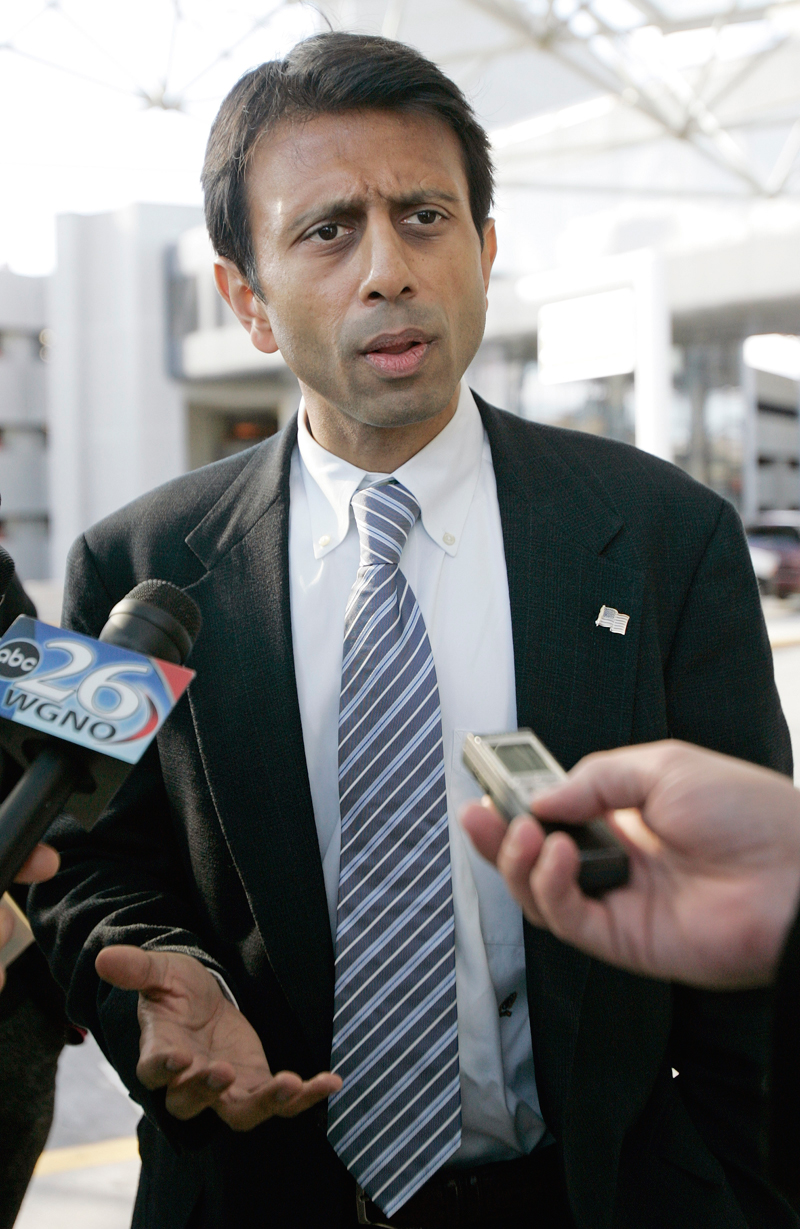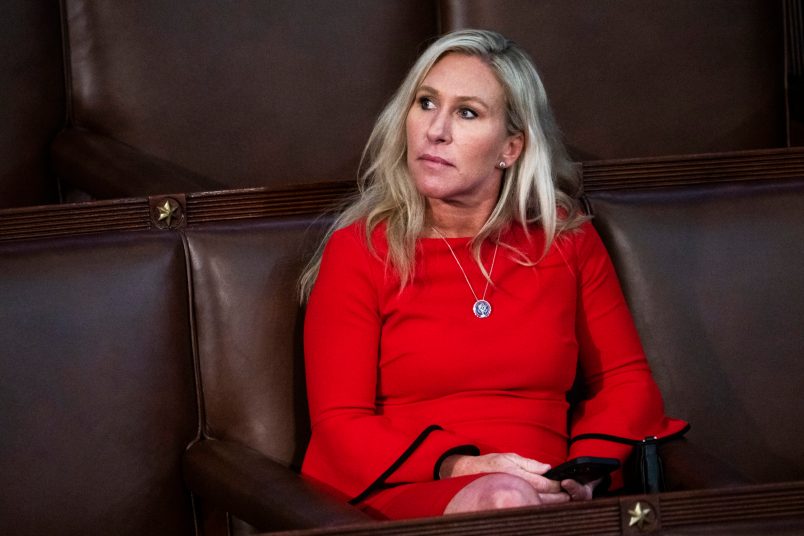If you didn’t already read this piece by Benjy Sarlin about Bobby Jindal’s political collapse, do so all means. But I wanted to flag a more general point about what happened. Jindal’s gambit was something like a Louisiana-based ‘Ryan Plan’ designed among other things to be the centerpiece of a possible 2016 campaign for President. And had he been able to get it passed it would have been quite a calling card in the GOP primaries, at least among the economic conservative wing of the party.
But look at what the budget actually did. Broadly speaking it cut back a lot of services that people rely on and redistributed almost all the tax burden onto middle class and lower middle class families. So cut services relied on by the middle class (and below) and make them pay all the taxes. We’re surprised this didn’t catch fire?
it’s really about the most obvious thing you can imagine and puts it sharp relief the big gap between what excites ideologues in the Republican party and what has a remote chance of flying with the public at large, even in a pretty conservative state like Louisiana.
The other point is that this is considerably harder to manage at the state than the federal level since at the state-level, either literally or in practice, you actually have to balance your budget. So if you dramatically cut taxes on wealthy people, you actually have to come up with that money somewhere — either by ramping up taxes on middle income or poor people or by dramatically cutting services, or in this case, by doing both. That’s really unpopular, to put it mildly.
On the federal level, as we saw in 2001, you can just cut taxes dramatically and push the country into big structural deficits. No problem. At the state level, not so simple. As Jindal said, the backlash “certainly wasn’t the reaction I was hoping to hear.” But how could he have expected otherwise?









